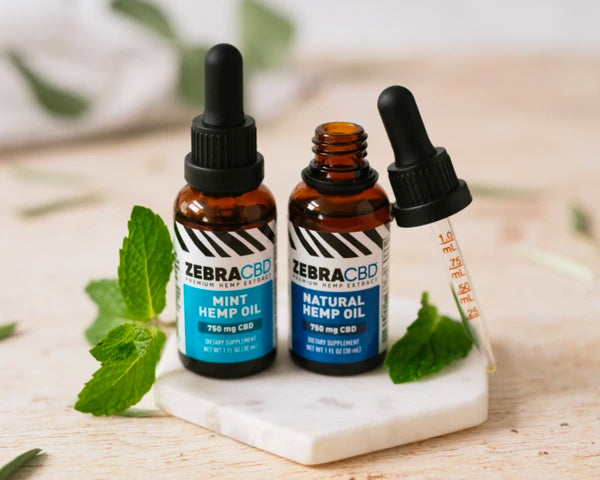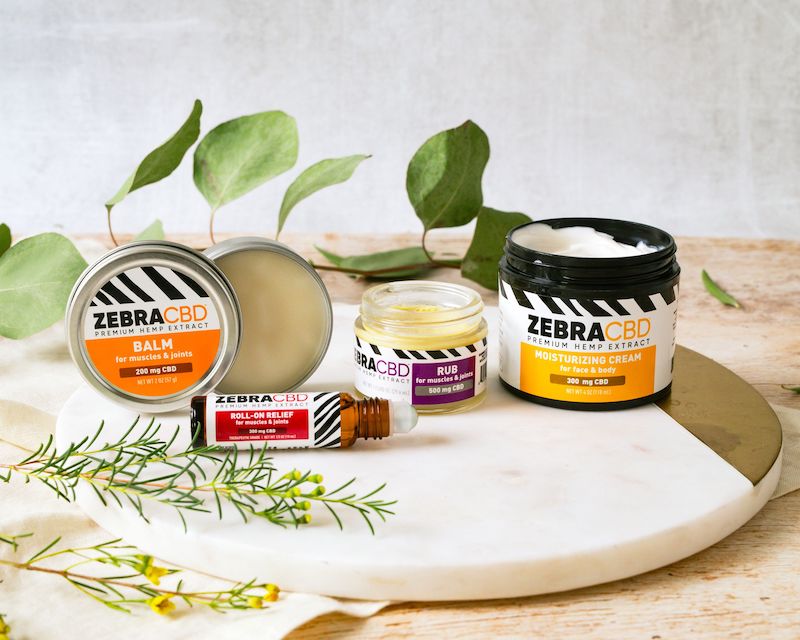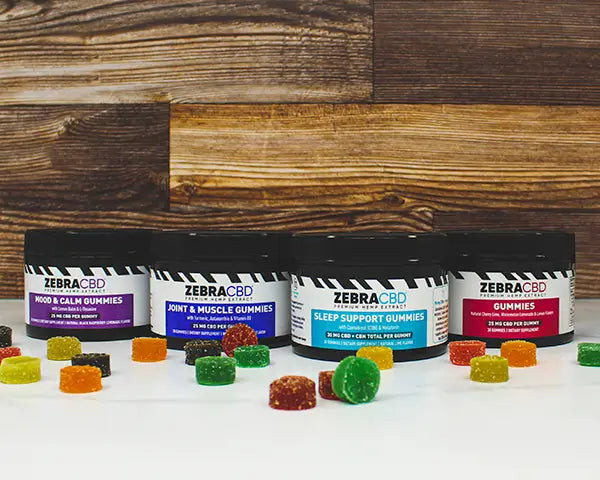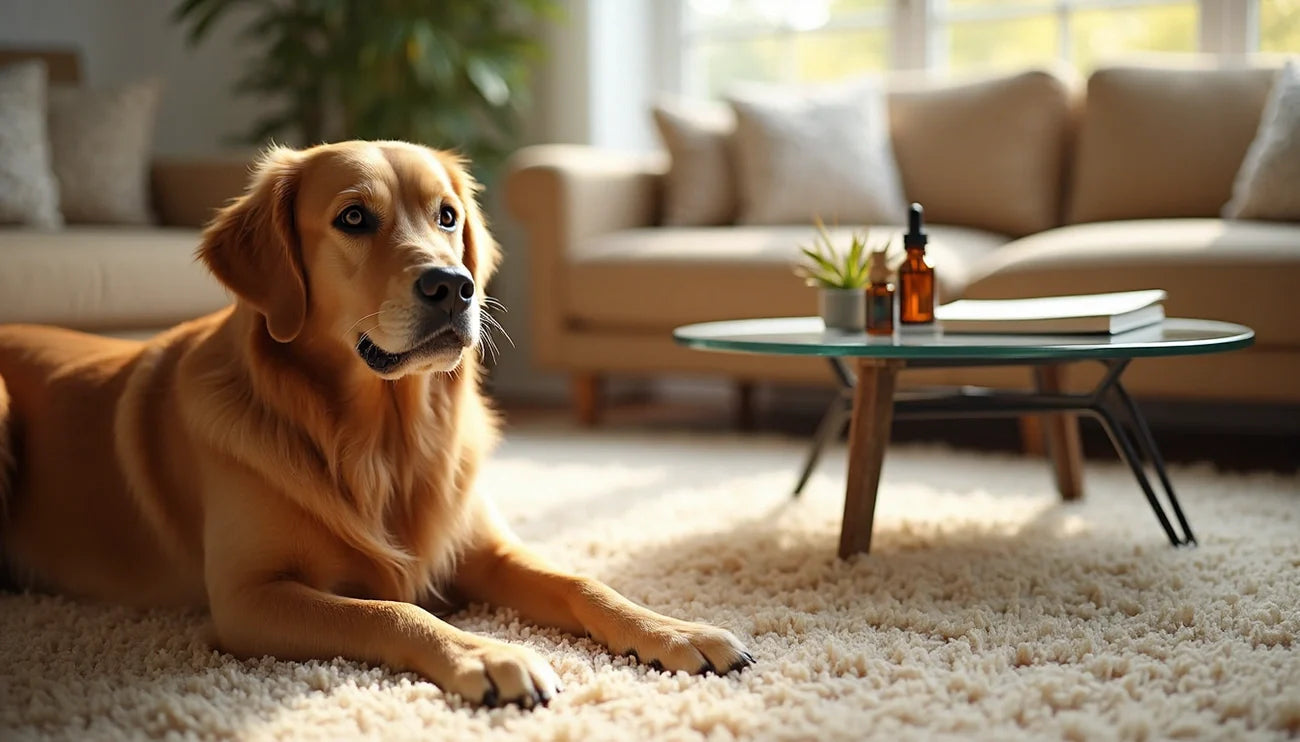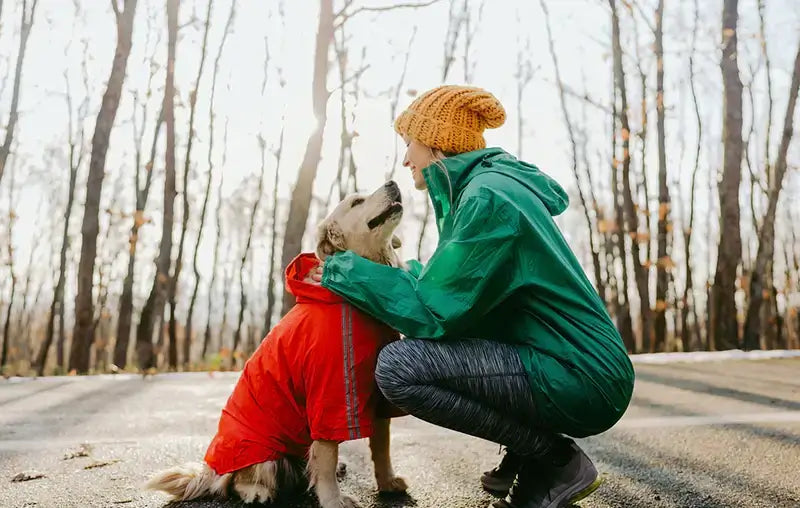
Whether you’re leaving in the morning for your daily 9-to-5 or visiting friends upstate, it’s always difficult to leave your canine home alone for long periods of time — especially if you share a special bond with your puppy.
To that end, leaving a dog home alone can be stressful for both you and your pooch!
As a general rule of thumb, you should not leave your pup at home without supervision for more than six hours,
As such, when determining how long to be away from home, it’s important to consider your pup’s age, behavioral history, bathroom habits and temperament to make sure your pooch is comfortable during the entire duration of your absence.
Canine CBD oil can help, but we’ve also put together a guide to help determine how long your furry friend should be left alone and how to make your absence a little easier on your furry buddy.
Determining Your Pup’s Home-Alone Stay
Wondering how long can a dog be left alone? Or how to stop a dog from barking when left alone? As a general rule of thumb, you should not leave your pup at home without supervision for more than six hours, especially if it’s the first time they’ll be spending the day alone.
At that point, your pup may become restless or even relieve themselves within the house if they have a particularly small bladder (or a fondness for rebellion). However, to ensure your furry buddy feels safe and comfortable, you must consider several factors that will affect how your pup handles an empty house.
Considering Your Pup’s Age
An older adult dog can typically handle longer periods of alone time. However, if you’re the lucky companion to a young pup, the amount of time you can leave them alone greatly depends on their maturity:
- Eight to 10 weeks old – Newborn puppies should not be left home alone for more than an hour. At this point in their lives, young pups are unable to hold their bladder for long periods of time.
- Two to three months old – Two to three month puppies should be taken outside every two hours. While their bladder capacities are slightly larger than their newborn days, they may also struggle with potty training at this point.
- Four months old – Four-month-old puppies can hold their bladders for up to four hours during the day.
- Over 18 months old – Once pups have crossed the threshold of one and a half years, they can typically be left alone for up to six hours a day, though this also greatly depends on their level of training, breed, age and temperament.
If dogs are made to hold their urine for too long, they may develop urinary tract infections or stones. It can also cause your dog great levels of discomfort and may lead to accidents during the day.
If you’re using a dog crate to hold your puppy while you’re away, use the following guidelines:
- Eight to 10 weeks – 30 to 60 minutes
- 11 to 14 weeks – One to three hours
- 15 to 16 weeks – Three to four hours
- 17 weeks or older – Four to five hours
Keep in mind that a dog crate should only be a short-term solution, as your pup will need regular exercise and interaction with you or other dogs frequently.
Considering Your Pup’s Behavioral History
Is your pup the type of dog that erupts in howls the moment you step out the door? Or are they the mischievous type that immediately unravels the toilet paper once they hear the door lock?
When deciding how long can you leave a dog alone, it’s important to take your dog’s personality and special quirks into account.
The Barker
The Barker is the type of dog that is not happy about being left alone, and he wants everyone to know it — your neighbors, the mailman and the young boy who tricycles down the street each day.
If your dog is a barker, it’s best to keep your absence on the shorter end. If you spend long durations away from your noisy dog, you may put yourself at risk of angering those who live around you. Not to mention, dogs that bark typically do so because they’re experiencing high levels or stress or discomfort. As such, limit your time away from home to two hours.
The Destroyer
The Destroyer is hard to miss and is usually identifiable by its victims: the piles of shredded toilet paper, the sprawled toy stuffing and the hole in your favorite pair of shoes.
Typically, if you’ve got a destroyer on your hands, your dog may experience high levels of separation-induced stress, especially if these behaviors don’t occur when you’re home. Sometimes, separation stress can even result in injury to your pup. In this case, it’s best when leaving a dog home alone to not let this period last more than 90 minutes.
The Scaredy-Cat
The day your dog turns into a scaredy-cat is a sad day indeed. Typically, dogs that become fearful when left alone will exhibit symptoms of panic, such as salivation, pacing, excessive barking or urination. Many sounds can cause these symptoms, from a loud garbage truck outside to your neighbors passing by the windows.
Additionally, shelter dogs with a history of abandonment may become especially uncomfortable when left alone. If you have a frightful Fido on your hands, limit their time alone to no longer than 90 minutes.
Considering Your Pup’s Temperament
Some pups love to spend hours playing fetch in the yard, while others prefer to set up shop laying next to you on the couch. How they act around is a great indicator as to how they’ll act when you’re not around, too.
Nervous
Most often, dogs with a nervous disposition suffer from separation stress. Symptoms of separation stress include disruptive or destructive behavior, such as panting, barking, chewing, digging or escaping. Due to your pup’s high level of discomfort, it’s best to leave them alone no longer than 90 minutes if they’re prone to worry.
Aggressive
At the end of the day, aggressive pups want attention — and they’ll do anything to get it. When leaving an aggressive-leaning dog at home alone, ensure that any valuables are out of reach as they may destroy clothing, pillows or books to let you know that they’d prefer you to stay home.
These types of dogs can also be quite territorial, meaning they’ll often bark if someone approaches your home or start to growl if they sense a threat. In this case, aggressive dogs should not be left home alone for more than four hours, especially if you want to avoid irritated neighbors or excessive chewing of your valuables.
Calm
A calm dog is usually a happy dog — even when alone. Unless your dog suffers from separation stress when you leave, you can typically leave your laid-back pup alone for up to six hours a day. Hopefully, they’ll spend the day cuddling on the couch and dreaming of squeaky toys and squirrels.
Energetic
If you have a high-energy dog, they will typically not do well in isolation. While it’s possible to leave your hyper pup home alone for up to six hours, they may become bored and find entertainment by gnawing on your furniture, especially if they’re also prone to some symptoms of separation stress.
How to Keep Your Pup Happy at Home
Maybe one of the reasons you’re wondering how long can a dog stay home alone is due to your pup’s bad behavior. If your dog behaves badly when you leave them home alone, the most probable cause is separation stress, which occurs when dogs are separated from those they care about. Many dogs develop this type of worry when:
- Changing residence
- Experiencing a change in their schedule
- Losing a family member
- Being abandoned by a previous owner
Whether or not your pup experiences discomfort when you leave will greatly impact how long you’re able to leave them home alone. As such, we’ve compiled a few tips and tricks to help your nervous pups feel more safe and comfortable at home when you’re not around.
Prepare Ahead of Time
If you know you’re going to be out for a couple of hours later in the day, spend the first half of the day with your pup doing what they love most, whether it’s a long walk to the lake or a 30-minute belly rub. This will help them unwind and feel loved before you leave for the day.
You can also hire a dog-sitter or a day-walker to visit your pup periodically while you’re out if they’re known to get antsy during long periods alone.
Distract Them
A delicious treat or extra squeaky toy may be just what your dog needs, especially if they’re a high-energy pup that easily becomes bored. In addition, you can also treat your pup to a lick board or Kong toy for a longer-lasting distraction from their loneliness or any perceived outside threats.
Entertain Them
In addition to treats and toys, you can also entertain your pup with a television show geared toward home-alone pets, a soothing music playlist or an intelligence game in which they have to solve a puzzle to get a treat.
These options may be especially beneficial for dogs that tend to bark excessively when left alone due to fear or boredom.
Provide Food and Water
Be sure to always leave your dog with a full bowl of water and food, especially if you know it’s going to be a late night. By showing them you’re looking out for them, they’ll have one less thing to worry about until you return home.
Try CBD
Canine CBD can also help dogs prone to stress or discomfort while you’re away. All you have to do is drop the serving size labeled on the bottle into their food before you leave. It’s a great way to calm your dog and cut down on the risk of destructive or disruptive behaviors.
Unlike marijuana, CBD does not have any detectable THC meaning your dog will not experience any feelings of being “high.” Instead, CBD helps promote their overall well-being and happiness.
Support Your Pup With Zebra CBD
When calculating how long to leave your pup alone at home, consider their emotional disposition first and foremost. Most likely, a calm pup can withstand more hours alone than one that's prone to worry. However, a dog should never be left alone more than six hours.
When calculating your departure, add Zebra CBD to the mix.
We offer a line of dog-friendly CBD products made with your pup in mind, from CBD oil to CBD Stress & Calming Chews to promote relaxation and full-body wellness. Each of our products is third-party tested with a Label Accuracy Guarantee™.
With Zebra CBD, your dog has a new best friend in town (well, at least until you return home).
Source:
Tufts Cummings School of Veterinary Medicine. “I’ll Be Right Home.” https://news.vet.tufts.edu/2014/07/ill-be-right-home/

